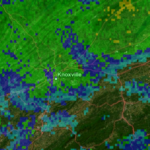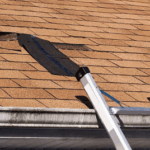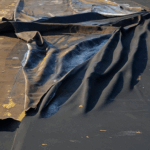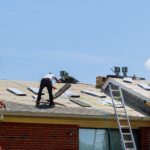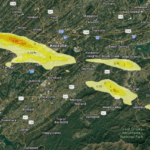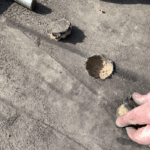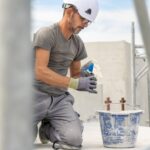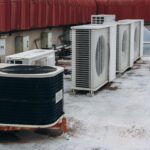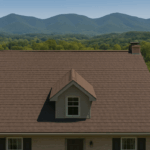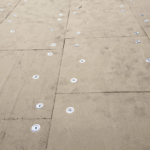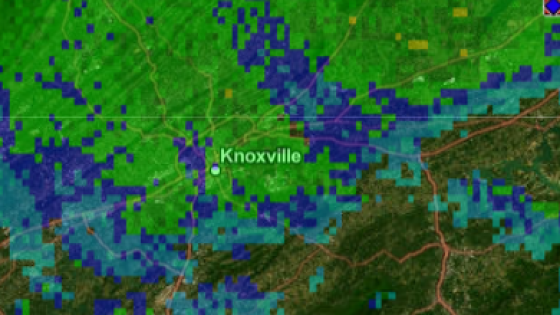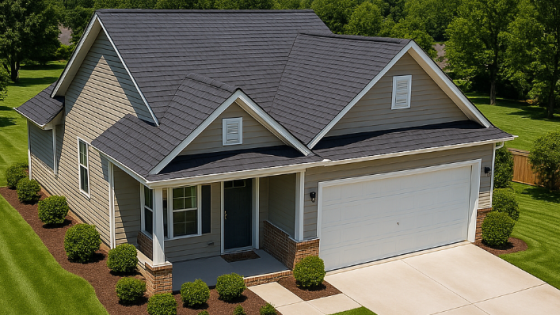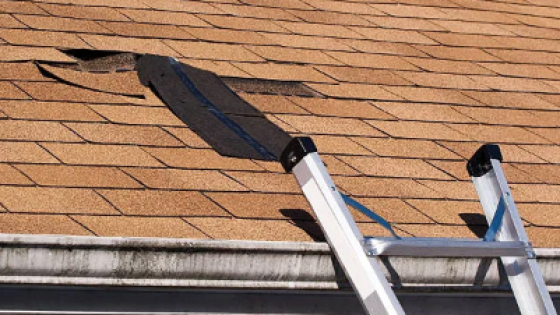Roof leaks can be a homeowner’s nightmare. Not only do they cause damage to your property, but they can also lead to costly repairs if not identified and addressed promptly.
If you live in Knoxville, TN, with its mix of weather conditions ranging from heavy rainfall to strong winds, knowing how to identify the source of a roof leak is essential.
Here’s a comprehensive guide to help you pinpoint where your roof might be leaking from and what steps you can take to address the issue.
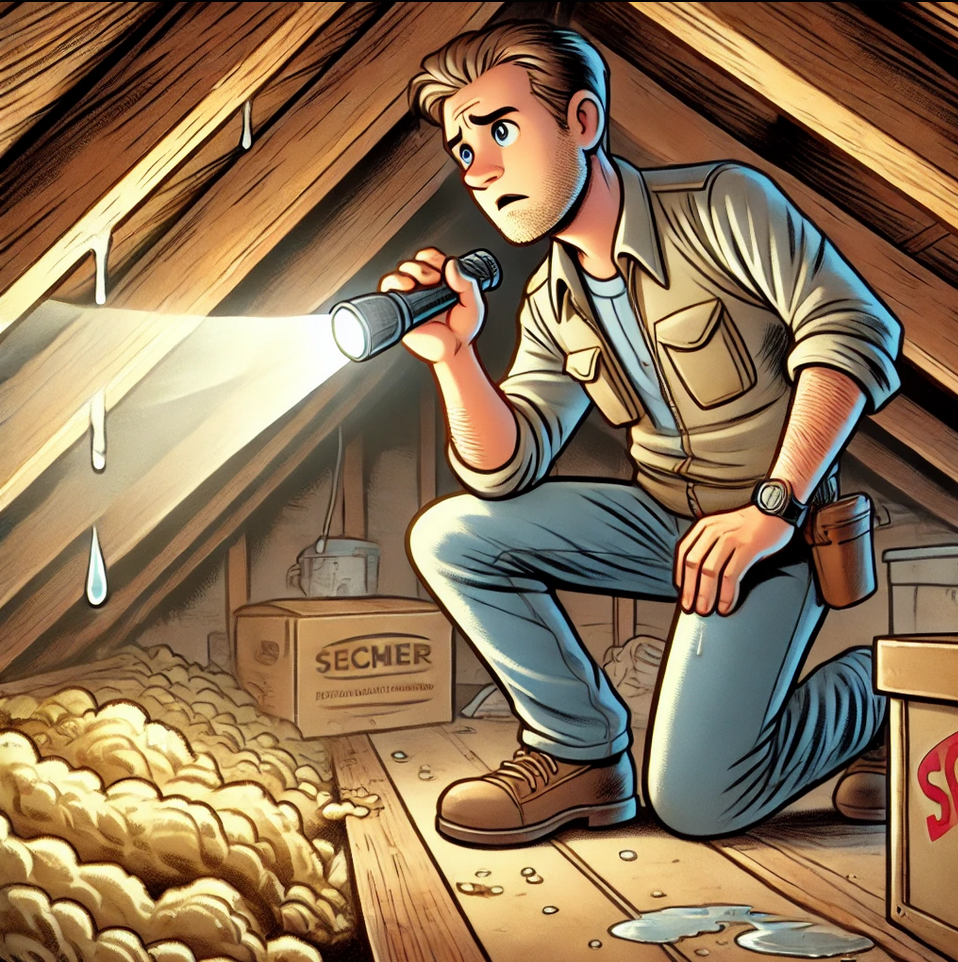
1.Look for Signs Inside Your Home
The first indication that you have a roof leak often starts inside your home. Here are the common signs to watch for:
Water Stains: These are usually the first and most obvious signs. Look for brown or yellowish stains on your ceilings or walls. The stains can vary in size and shape, and sometimes they may appear to grow over time as the leak worsens.
Mold or Mildew: If you notice mold or mildew growing in areas that should be dry, such as your attic or the upper levels of your home, this could be a sign of a roof leak. Mold thrives in moist environments, and a persistent roof leak can create the perfect conditions for mold growth.
Dripping Water: In severe cases, you might actually see water dripping from your ceiling or down your walls. This is a clear indication that the leak is extensive and requires immediate attention.
Peeling Paint or Wallpaper: Moisture seeping through your roof can cause your interior paint or wallpaper to bubble, peel, or crack. If you notice this happening in certain areas of your home, it’s a strong sign that water is getting through your roof.
2. Inspect Your Attic
Once you’ve identified signs of a potential leak inside your home, the next step is to inspect your attic. This can often give you more direct evidence of where the leak is originating. Here’s what to do:
Use a Flashlight: Attics can be dark, so bring a bright flashlight to help you inspect the area thoroughly. Be cautious as you move around to avoid damaging insulation or stepping through the ceiling.
Look for Wet Spots: Check for any areas of the attic that feel damp or wet. These could be indicative of a leak directly above. Be sure to check the insulation, as it can often absorb water and may show signs of mold or mildew.
Inspect for Sunlight: During the day, turn off your flashlight and look for any beams of sunlight shining through the roof. If light can get through, so can water. These small openings may not be large enough to cause significant leaks immediately, but they should still be addressed before they worsen.
Check Around Roof Penetrations: Areas where your roof has been penetrated, such as around chimneys, vents, or skylights, are common places for leaks to develop. Carefully inspect these areas for signs of water intrusion or damaged flashing.
3. Examine the Roof Exterior
If you’ve found evidence of a leak inside your home and in your attic, it’s time to inspect the exterior of your roof. Here’s what to look for:
Damaged or Missing Shingles: Shingles are your roof’s first line of defense against the elements. If you notice any shingles that are cracked, curled, or missing, it’s likely that water is finding its way through these vulnerable spots.
Check Flashing and Sealant: Flashing is used to seal joints and seams on your roof, such as around chimneys, vents, and skylights. Over time, flashing can become loose, cracked, or corroded. Additionally, the sealant used around these areas can dry out and crack, allowing water to seep in.
Gutters and Downspouts: Your gutters and downspouts play a crucial role in directing water away from your roof. If they’re clogged with debris, water can back up and seep under your roof’s edge, leading to leaks. Make sure your gutters are clean and functioning properly.
Check for Roof Sagging: A sagging roof can be a sign of structural damage, often caused by prolonged water exposure. If your roof appears to be sagging in certain areas, it’s important to have it inspected by a professional immediately.
4.Conduct a Water Test
If you’ve checked inside your home, the attic, and the exterior of your roof but still can’t find the source of the leak, a water test can help. This is best done with two people:
-One person should stay inside the house, preferably in the attic, with a flashlight and walkie-talkie or phone.
-The other person should go up on the roof with a hose. Starting at the lowest part of the roof, slowly spray water onto the roof, moving upwards. The person inside should watch for any signs of water seeping in.
This method can help you pinpoint the exact location of the leak. However, be cautious while doing this to avoid causing further damage to your roof or injuring yourself.
5. Call a Professional
While some minor roof leaks can be fixed with a bit of DIY effort, it’s important to know when to call a professional roofing contractor. If the leak is extensive, if you’re unable to locate the source, or if you notice significant damage, it’s best to leave the repair work to experienced professionals. In Knoxville, TN, local roofing contractors have the expertise and tools to safely and effectively fix roof leaks, ensuring your home is protected from further damage.
FAQ’s About Finding Roof Leaking Source
It can be challenging to distinguish between a roof leak and a plumbing issue, especially if the water appears in areas like ceilings or walls. However, roof leaks typically occur after rain or snow, while plumbing leaks can happen at any time. If you notice water stains that worsen during or after a storm, it’s likely a roof issue. A professional inspection can help clarify the source of the problem.
Even small roof leaks should be addressed as soon as possible. Over time, a small leak can lead to significant water damage, mold growth, and even structural issues. Prompt repairs can save you money in the long run by preventing these more severe problems.
Lorem ipsum dolor sit amet, consectet
The time required for a roof repair depends on the extent of the damage. Minor repairs can often be completed in a few hours, while more extensive damage might take a day or more. Your roofing contractor can provide a more accurate estimate after assessing the situation.
ur adipiscing elit. Ut elit tellus, luctus nec ullamcorper mattis, pulvinar dapibus leo.
Homeowner’s insurance policies vary, but many cover roof leak repairs if the damage is due to a covered peril, such as a storm or falling tree. However, leaks caused by lack of maintenance or general wear and tear may not be covered. It’s best to review your policy and speak with your insurance provider to understand your coverage.
If you discover a roof leak during a storm, try to minimize the damage by placing buckets or containers under the leak to catch the water. If possible, cover the area with a tarp to prevent more water from entering your home. Contact a roofing contractor as soon as possible to schedule an emergency repair.
It’s recommended to inspect your roof at least twice a year—once in the spring and once in the fall. Additionally, you should check your roof after any significant weather events, such as storms or heavy snowfall, to catch any potential damage early.
How Can I Tell Where My Roof Is Leaking From?
Identifying the source of a roof leak can be challenging, but by following these steps, you can narrow down the potential causes and take the necessary steps to address the problem. Remember, acting quickly can prevent minor issues from becoming major repairs. If in doubt, don’t hesitate to contact a professional roofer to ensure your home stays dry and secure.

